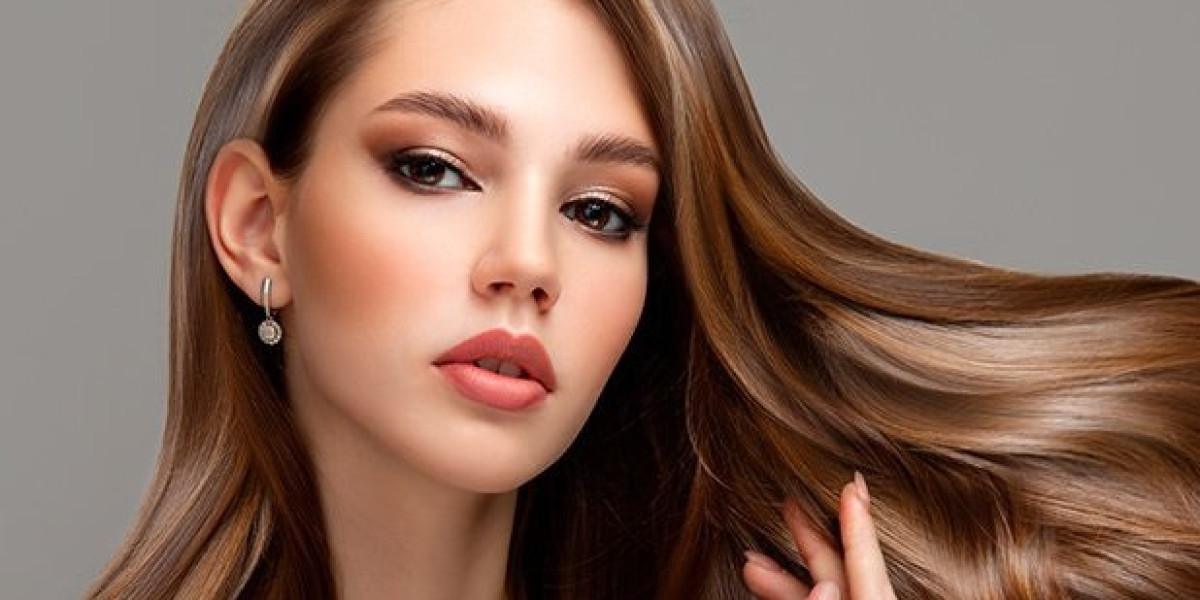Choosing the right hair wig can feel like stepping into a whole new world of possibilities — and a little bit of confusion. With so many styles, textures, and materials available, finding your perfect match requires some guidance. Whether you’re exploring wigs for fashion, convenience, or due to hair loss, knowing the basics will make your selection process far more enjoyable. If you’re considering Hair Wigs in Islamabad, this beginner’s guide will walk you through the essentials so you can make a confident choice from day one.
1. Understand Your Purpose for Wearing a Wig
Before you start browsing wig catalogs, ask yourself why you’re getting a wig in the first place. Is it for medical reasons, such as hair loss due to alopecia or chemotherapy? Or are you looking for a way to change your look without committing to a haircut or color?
Your purpose will help you determine:
Material type (human hair vs. synthetic)
Style needs (natural everyday look vs. bold fashion statement)
Comfort priorities (lightweight caps for all-day wear or fuller wigs for special events)
2. Know the Difference Between Human Hair and Synthetic Wigs
One of the first decisions you’ll face is choosing between human hair wigs and synthetic wigs.
Human Hair Wigs – Offer the most natural look and feel, can be heat-styled, and have a longer lifespan with proper care.
Synthetic Wigs – More affordable, require less maintenance, and retain their style even after washing, but are less versatile in styling.
If you plan to wear your wig daily and want styling flexibility, a human hair wig might be worth the investment. For occasional use or budget-friendly options, synthetic wigs work well.
3. Choose the Right Cap Construction
The cap is the base of the wig and greatly impacts comfort, fit, and appearance. Common cap types include:
Lace Front – Creates a natural-looking hairline.
Full Lace – Allows for parting in any direction and natural styling.
Monofilament – Mimics natural scalp for a realistic appearance.
Basic Cap – Lightweight and affordable but less realistic.
If you have sensitive skin or wear wigs often, breathable materials like lace or monofilament are ideal.
4. Select the Perfect Fit
A wig that doesn’t fit well will never look or feel right. Measure your head circumference before purchasing. Standard sizes are small, medium, and large, but adjustable straps can fine-tune the fit.
Pro Tip: Always try on a wig before committing, or if buying online, ensure the store has a return or exchange policy.
5. Match Your Lifestyle
Think about your daily routine. If you lead an active lifestyle, you’ll want a lightweight, secure wig that won’t shift during movement. If you’re in a professional setting, a polished and natural style might be your go-to. For fashion lovers, experimenting with bold colors and cuts can be a fun way to switch up your style.
6. Consider Color Carefully
Wig color can transform your look instantly — but choosing the wrong shade can make your wig appear less natural. Beginners often have more success with colors close to their natural hair, gradually experimenting with new tones.
Tips for picking the right color:
Warm skin tones usually pair well with golden, caramel, or auburn shades.
Cool skin tones often look best with ash browns, cool blondes, and jet blacks.
7. Learn About Maintenance Needs
Different wigs require different care routines:
Human Hair Wigs: Need washing, conditioning, and occasional styling — similar to natural hair.
Synthetic Wigs: Should be washed every 6–8 wears using wig-safe products.
Invest in a wig stand to help maintain the shape and reduce tangling when not in use.
8. Avoid Common Beginner Mistakes
Some frequent errors new wig wearers make include:
Picking a style that’s too far from their natural look (making the transition obvious).
Choosing the wrong cap size, leading to discomfort or slippage.
Skipping professional fitting or advice.
9. Test the Wig Before Wearing it Out
Before making your wig a part of your daily look, wear it at home for a few hours to check comfort, security, and overall style. This trial run will also help you get used to putting it on and taking it off without damage.
10. Seek Professional Guidance
A wig specialist can help you choose the perfect piece based on your head shape, facial features, skin tone, and lifestyle. They can also custom-style and fit your wig so it looks completely natural.
Final Thoughts
For beginners, choosing the right wig may seem overwhelming at first, but with the right knowledge and guidance, it becomes an exciting and empowering process. From selecting the right hair type and cap construction to finding a flattering color and ensuring a perfect fit, every step brings you closer to a style that feels authentically you.



